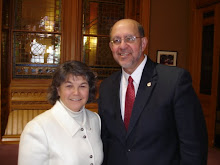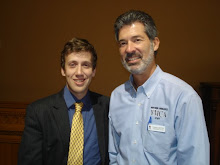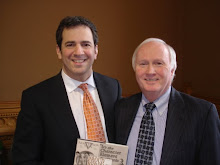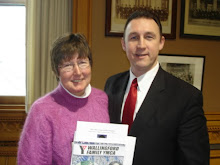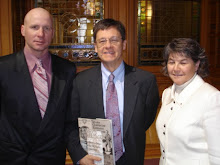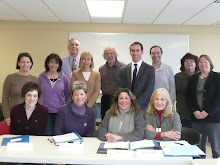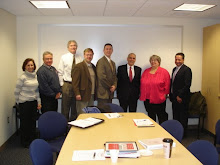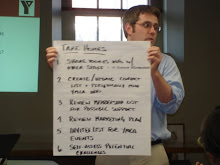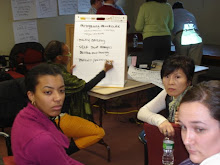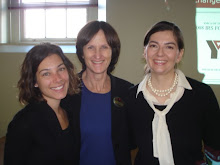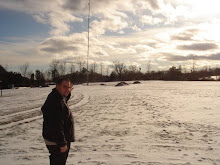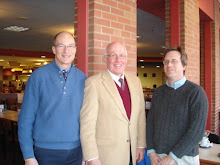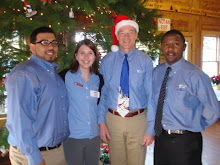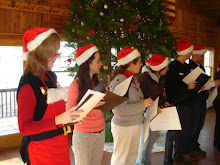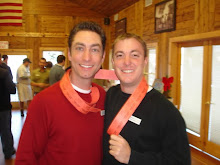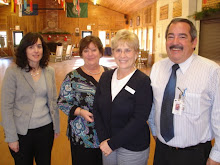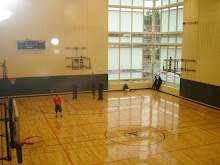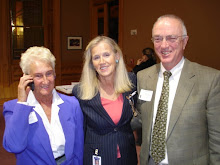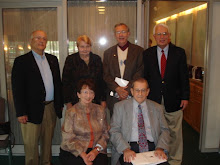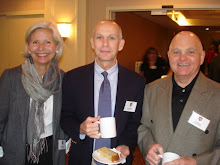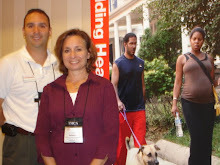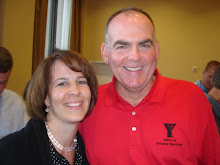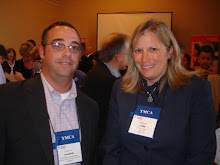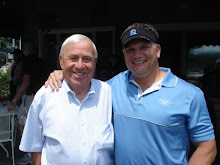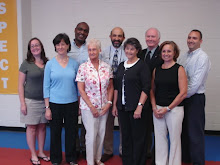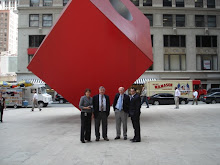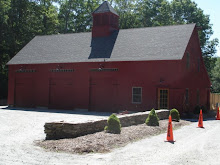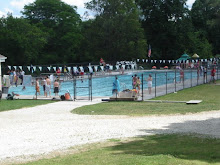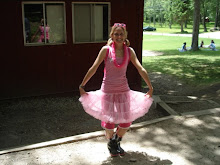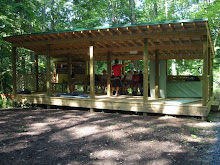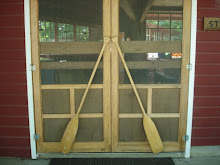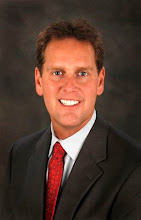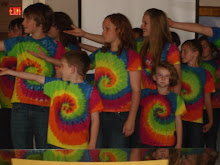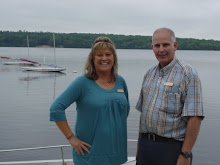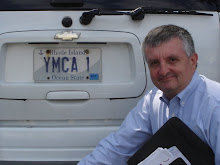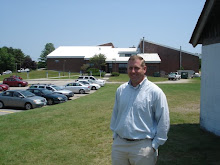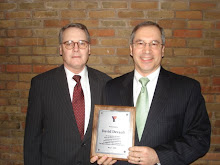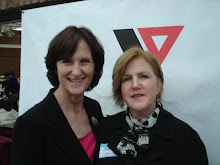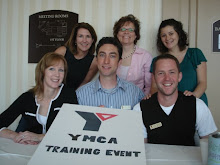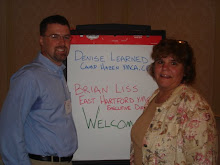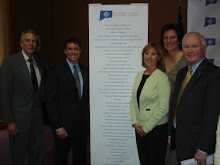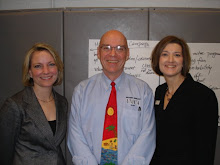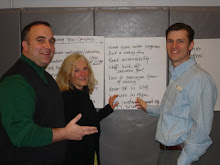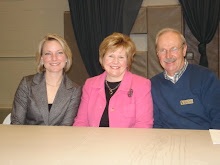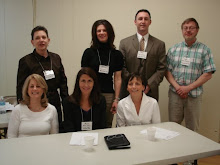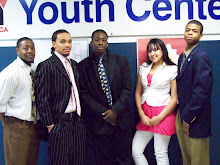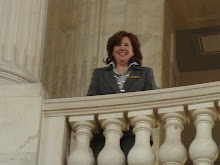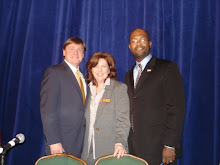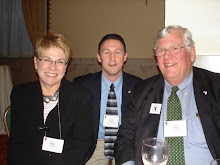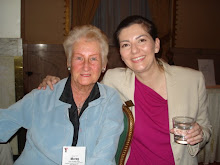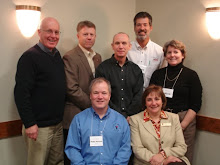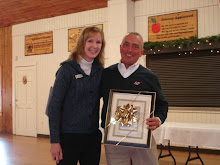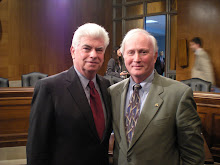The branches of the “YMCA family tree” offer insight into one of the fascinating aspects of the history of the YMCA in the United States. “Railroad YMCAs” historically located at the major rail centers, “Armed Services YMCAs” serving members of the military and their dependents, and “Student YMCAs” all reflect the serviceful mission of the YMCA.
In Connecticut there remains today a vestige of one of the “Student YMCAs”. Founded in 1881 as the Young Men’s Christian Association at Yale, Dwight Hall at Yale has gradually evolved to become an inclusive place for students of diverse backgrounds and beliefs to connect with the community. While Dwight Hall has changed significantly since its beginnings at the end of the 19th century, the Hall’s interest in promoting public service, social justice, and the reflection which brought the Hall into existence continues today.
The mission of Dwight Hall at Yale is to foster civic-minded student leaders and to promote service and activism in New Haven, Connecticut, and around the world.
In keeping with its mission, Dwight Hall seeks to enable students to stretch how they learn and to better understand who they are through active engagement with the world beyond the Yale campus. The combination of thought and practice results in exceptional graduates who combine the knowledge and passion needed to continue the Dwight Hall tradition of promoting service and activism.
Dwight Hall is the Center for Public Service and Social Justice at Yale. It is an independent nonprofit umbrella organization that provides support and fosters communication among 3,500 students in over 60 student-run member organizations whose primary purposes fall within Dwight Hall’s mission. Dwight Hall also operates its own programs, supervised by the professional staff and the many student volunteers, which focus on community development, education, and leadership development. Dwight Hall resources are shared among the member organizations and are managed by a professional staff.
For further information on Dwight Hall, visit on the Web at www.dwighthall.org
Tuesday, December 30, 2008
Sunday, December 28, 2008
A Bonanza of Energy Savings
Over the holidays I sat down with a Bonanza steak house owner (actually, he owns two Bonanzas!) and was fascinated with the attention he pays to the details of energy conservation at his restaurants.
“John” prefaced his commentary on actions he has taken to address the rising costs of energy with the statement that his business is one of “pennies”. John asserted emphatically, “If you focus on the pennies, the dollars will take care of themselves.”
When the store manager arrives in the morning, only certain lights are turned on – and the dining room remains dark, until five minutes before the restaurant opens for business. Appliances and motors are sequenced for start-up, so as to level the spikes in energy draw, thereby moderating the “peak demand” penalties imposed by the local utility. After the surge of business at the prime dining hours, the number of operating fry-o-lators is reduced, commensurate with the needs.
Ceiling fans are used in the summer to move air, allowing air conditioning units to be thermostatically set two degrees higher for energy savings. In the cold months the same fans are used to down-draft the warm air, again earning energy savings. John also tracks oil and gas consumption – without this measure, he cannot optimize his energy savings potential.
Store managers are held accountable for utility consumption targets – these are not just the concern of the “corporate office”. And, John periodically conducts on-site inspections to ensure adherence to conservation measures. Compact fluorescent lights are installed in all fixtures and each is marked with the installation date so as to track the life of the units.
Reflecting on John’s business, I recognized parallels to our YMCA operations. Our “business” has daily rhythms, where member usage is high, and periods of the day when it is reasonable to shut off the lights in the gymnasium, or in the racquetball courts. Through energy audits many of our YMCAs have instituted energy conservation measures – more energy efficient water heaters, building heating units, HVAC units, etc. – installed co-generation units – and instilled the discipline of simply turning off the lights when a space is vacant (or installed motion-activated lighting).
YMCA of the USA Property Development Specialist Al Tursi has developed an Energy Management Program Manual to guide local YMCAs in the realm of energy conservation.
Truly, it makes dollars and sense (cents) to watch the pennies!
“John” prefaced his commentary on actions he has taken to address the rising costs of energy with the statement that his business is one of “pennies”. John asserted emphatically, “If you focus on the pennies, the dollars will take care of themselves.”
When the store manager arrives in the morning, only certain lights are turned on – and the dining room remains dark, until five minutes before the restaurant opens for business. Appliances and motors are sequenced for start-up, so as to level the spikes in energy draw, thereby moderating the “peak demand” penalties imposed by the local utility. After the surge of business at the prime dining hours, the number of operating fry-o-lators is reduced, commensurate with the needs.
Ceiling fans are used in the summer to move air, allowing air conditioning units to be thermostatically set two degrees higher for energy savings. In the cold months the same fans are used to down-draft the warm air, again earning energy savings. John also tracks oil and gas consumption – without this measure, he cannot optimize his energy savings potential.
Store managers are held accountable for utility consumption targets – these are not just the concern of the “corporate office”. And, John periodically conducts on-site inspections to ensure adherence to conservation measures. Compact fluorescent lights are installed in all fixtures and each is marked with the installation date so as to track the life of the units.
Reflecting on John’s business, I recognized parallels to our YMCA operations. Our “business” has daily rhythms, where member usage is high, and periods of the day when it is reasonable to shut off the lights in the gymnasium, or in the racquetball courts. Through energy audits many of our YMCAs have instituted energy conservation measures – more energy efficient water heaters, building heating units, HVAC units, etc. – installed co-generation units – and instilled the discipline of simply turning off the lights when a space is vacant (or installed motion-activated lighting).
YMCA of the USA Property Development Specialist Al Tursi has developed an Energy Management Program Manual to guide local YMCAs in the realm of energy conservation.
Truly, it makes dollars and sense (cents) to watch the pennies!
Saturday, December 20, 2008
Connecticut YMCAs Survive Depression Era
William L. Miller, writing in A History of the State YMCA of Connecticut from 1867 to 1950 (Eastern Press, New Haven, Connecticut, 1951), recounts that during the Great Depression - "Many of the modern YMCA buildings now in use were built in the years between 1924 and 1940. These buildings often symbolize not only a healthy Association but also a revived confidence in the YMCA on the part of the community."
"One of the most significant advances made during the decade beginning in 1925 was the generating of new life in the Association of Bridgeport. Within less than three years a campaign for a new building produced more than $600,000 and gave Bridgeport one of the most up-to-date YMCA buildings, dedicated in December 1929."
"In South Norwalk which had been the headquarters of the Fairfield County YMCA for ten years, leading citizens became convinced that a building was needed and asked State Secretary Smith to direct a survey. The survey revealed the need not only of a building with a city type of program for a YMCA but also for a YWCA. Within two years the necessary money was raised and a building erected in 1929 to serve both sexes. "
"These buildings erected in the period between the two World Wars were the forerunners of a wave of new buildings constructed in Connecticut cities including Ansonia, Greenwich, Hartford, Meriden, Naugatuck, New London, Norwich, Southington, Torrington and Wesport." ]
"One of the most significant advances made during the decade beginning in 1925 was the generating of new life in the Association of Bridgeport. Within less than three years a campaign for a new building produced more than $600,000 and gave Bridgeport one of the most up-to-date YMCA buildings, dedicated in December 1929."
"In South Norwalk which had been the headquarters of the Fairfield County YMCA for ten years, leading citizens became convinced that a building was needed and asked State Secretary Smith to direct a survey. The survey revealed the need not only of a building with a city type of program for a YMCA but also for a YWCA. Within two years the necessary money was raised and a building erected in 1929 to serve both sexes. "
"These buildings erected in the period between the two World Wars were the forerunners of a wave of new buildings constructed in Connecticut cities including Ansonia, Greenwich, Hartford, Meriden, Naugatuck, New London, Norwich, Southington, Torrington and Wesport." ]
Tuesday, December 16, 2008
Valley YMCA & CCCYMCA Vote To Merge
This evening the governing boards of the Valley YMCA and the Central Connecticut Coast YMCA meeting jointly at United Illuminating in Shelton, Connecticut voted to merge the two Associations. Leaders of the two YMCAs signed a merger agreement and certificate of merger, such documents to be filed with the YMCA of the USA and The Secretary of The State of the State of Connecticut.
The boards’ actions culminated a year-long strategic alliance discussion process which started on December 19, 2007.
Congratulations to the governing boards and management of the two YMCAs on this historic occasion. Special appreciation to the members of the Joint Strategic Alliance Task Force, who performed their role with thought, confidentiality and common purpose:
Central Connecticut Coast YMCA
Bob Fiscus, Co-Chair, Dee Chiota, Chris Gallo, Mike Leone, Don Hutchinson, Dan Neaton, and Preston Tisdale
Phil Dwyer, President, Central Connecticut Coast YMCA
Valley YMCA
Dennis Gleason, Co-Chair, Jim Czajkowski, Martha Dulla, Dick Feher, Mark Kirschbaum, and Sue Malloy
Suzanne Reilly, Executive Director, Valley YMCA
Gratitude is also offered to funding partners whose generous grants facilitated the merger process:
Valley United Way
New Haven United Way
Community Foundation of Greater New Haven
Valley Community Foundation
Appreciation is extended to professional consultants who provided invaluable support over the past year:
Steve Erickson of Whittsley and Hadley (financial review)
Joe Staley of Staley Robeson (community leader interviews)
Buffeted by a worsening economy, while facing increased demand for YMCA services, the Valley YMCA and the CCCYMCA are working together to achieve the long-term strategic benefits of uniting into a more sustainable and successful operation, increasing the capacity for the merged organization to reach more members and serve them better.
The boards’ actions culminated a year-long strategic alliance discussion process which started on December 19, 2007.
Congratulations to the governing boards and management of the two YMCAs on this historic occasion. Special appreciation to the members of the Joint Strategic Alliance Task Force, who performed their role with thought, confidentiality and common purpose:
Central Connecticut Coast YMCA
Bob Fiscus, Co-Chair, Dee Chiota, Chris Gallo, Mike Leone, Don Hutchinson, Dan Neaton, and Preston Tisdale
Phil Dwyer, President, Central Connecticut Coast YMCA
Valley YMCA
Dennis Gleason, Co-Chair, Jim Czajkowski, Martha Dulla, Dick Feher, Mark Kirschbaum, and Sue Malloy
Suzanne Reilly, Executive Director, Valley YMCA
Gratitude is also offered to funding partners whose generous grants facilitated the merger process:
Valley United Way
New Haven United Way
Community Foundation of Greater New Haven
Valley Community Foundation
Appreciation is extended to professional consultants who provided invaluable support over the past year:
Steve Erickson of Whittsley and Hadley (financial review)
Joe Staley of Staley Robeson (community leader interviews)
Buffeted by a worsening economy, while facing increased demand for YMCA services, the Valley YMCA and the CCCYMCA are working together to achieve the long-term strategic benefits of uniting into a more sustainable and successful operation, increasing the capacity for the merged organization to reach more members and serve them better.
Darien Double-Decker Delights
The Darien YMCA has made economical use of space in its wellness center, elevating the cardiovascular equipment on a mezzanine, such that YMCA members have a stunning view of Long Island Sound while working out!
Stamford YMCA Re-Construction Commences
The bright yellow construction debris chute spilling from the upper floors of the Stamford YMCA building at 909 Washington Bouevard in downtown Stamford heralds the renovation and renaissance of this venerable social service organization. YMCA CEO Mark Ketley reports that the upper six floors of the building will be converted to a hotel and the lower two floors renovated for YMCA use. The hotel reconstruction is expected to be completed by June of 2009
Monday, December 15, 2008
Ocean State YMCA Alliance Elects Leaders
The Rhode Island YMCA State Alliance has elected officers for the two-year term (September 2008-September 2010):
Chair - David Devault - Volunteer with the Ocean Community YMCA
Vice Chair - R. Kelly Sheridan - Volunteer with the Greater Providence YMCA
Treasurer - Pete Milinazzo - CEO of the Newport County YMCA
Secretary - Harold Hemberger - CEO of the Smithfield YMCA
The Rhode Island YMCA Alliance will host its YMCA Key Leaders' Dinner on Thursday, May 7, 2009. YMCA General Counsel Angela Williams will keynote the dinner.
Chair - David Devault - Volunteer with the Ocean Community YMCA
Vice Chair - R. Kelly Sheridan - Volunteer with the Greater Providence YMCA
Treasurer - Pete Milinazzo - CEO of the Newport County YMCA
Secretary - Harold Hemberger - CEO of the Smithfield YMCA
The Rhode Island YMCA Alliance will host its YMCA Key Leaders' Dinner on Thursday, May 7, 2009. YMCA General Counsel Angela Williams will keynote the dinner.
Subscribe to:
Posts (Atom)


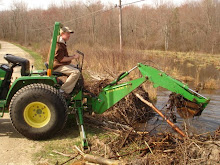



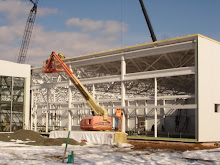
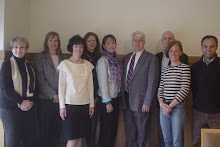.jpg)
